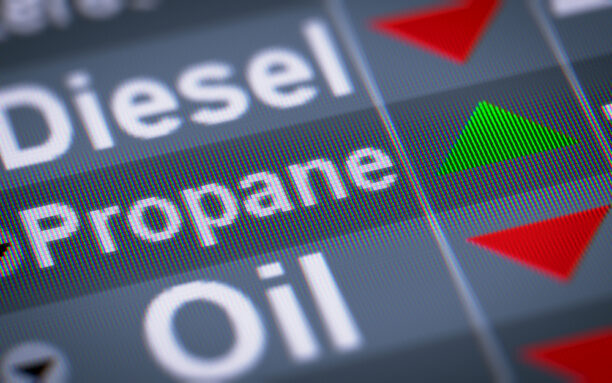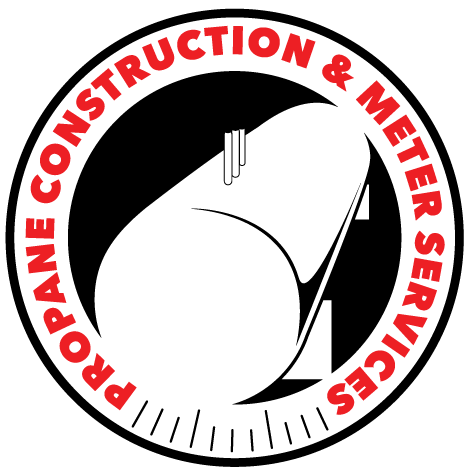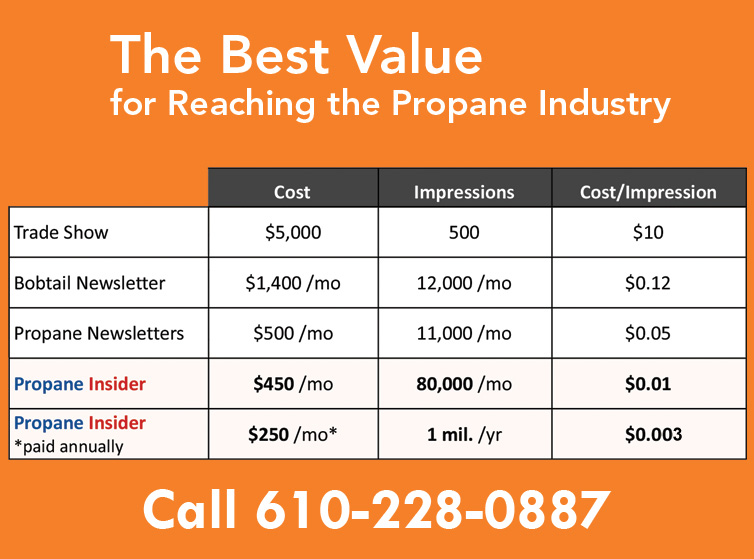Key Influences on Propane Prices

Understanding the pricing of propane is crucial for both businesses and consumers that rely on it for heating, cooking, and other applications. Several factors contribute to the fluctuations in propane costs, and grasping these can help in better budgeting and decision-making. This guide gives a detailed look at the primary elements that influence propane pricing.
Crude Oil and Natural Gas Prices
Propane is a byproduct of natural gas processing and crude oil refining, meaning its price is directly influenced by the prices of these primary fuels. When oil and natural gas prices increase, propane prices typically follow suit. This is due to the rising cost of raw materials, which in turn raises propane production costs.
Supply and Demand Dynamics
Like any market, the principles of supply and demand heavily influence propane prices. During the colder months, demand for propane typically spikes as more people use it for heating. This increased demand can lead to higher prices, especially if the supply does not meet the surge. Conversely, warmer weather often sees lower prices due to a drop in demand.
Geopolitical Factors
Political events can also affect propane prices. For example, conflicts in oil-producing regions can restrict oil supply, pushing up the price of crude oil and, consequently, propane. Similarly, regulatory changes or sanctions affecting fossil fuels can also lead to price fluctuations.
Production and Refining Costs
The costs involved in extracting, processing, and refining propane contribute to its final market price. Technological advancements that make these processes more efficient can reduce costs, while any increases in operational costs can lead to higher prices for end-users.
Transportation and Storage Costs
Propane needs to be transported from refineries to various distribution points and eventually to consumers, which involves significant logistics costs. Factors such as fuel prices, labor charges, and the condition of infrastructure all play into these expenses. Additionally, storing propane requires specialized facilities, and the costs associated with these can also impact the overall pricing.
Weather Conditions
Unpredictable weather patterns can greatly influence propane demand, especially during the winter. Harsher and longer winters can lead to extended periods of high demand, tightening supply, and increasing prices. Conversely, mild winters may result in an oversupply and lower prices.
Regional Market Conditions
Local market conditions and competition also play a role in propane pricing. Areas with more propane suppliers may enjoy lower prices due to competition, whereas regions with few suppliers might face higher costs. Additionally, regional regulations and taxes can affect the final price consumers pay.
Seasonal Inventories
Propane distributors often build inventories during off-peak months to prepare for higher winter demand. The levels of these inventories can influence prices; low inventories heading into the winter can cause prices to spike, while high inventories might stabilize prices.
Knowledge is Power
Understanding the various factors affecting the cost of propane is essential for strategic planning and competitive pricing. By anticipating changes in the market, propane suppliers can better manage procurement strategies and inventory, ensuring they meet customer needs effectively while maintaining profitability. For consumers, awareness of these factors helps in making informed decisions about propane purchases, potentially leading to cost savings by timing their buys strategically.
















